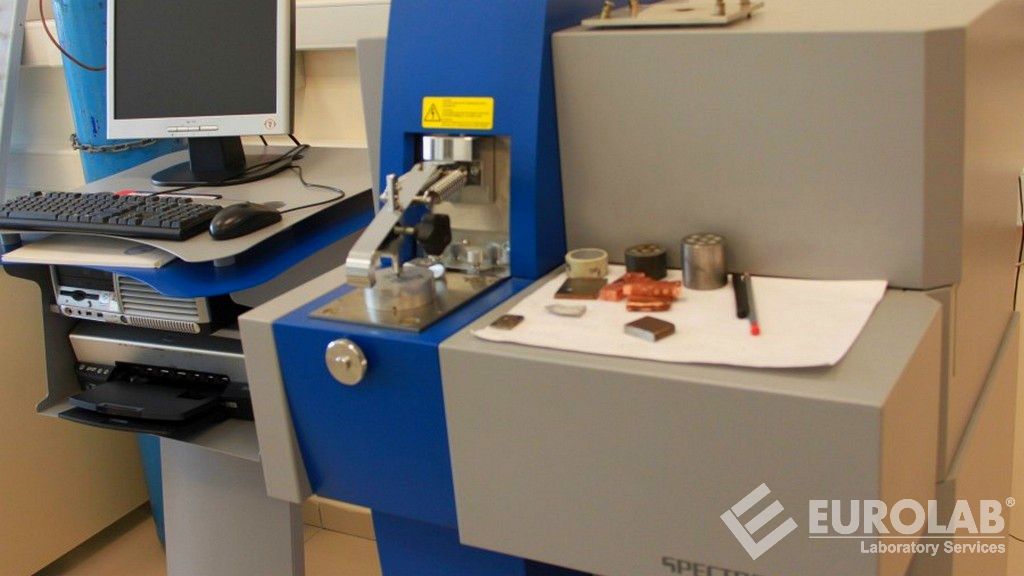


A test method for determining the amount of carbon residue in the range of 10370 percent (m/m) to 0,10 percent (m/m) remaining after the evaporation and pyrolysis of petroleum products under certain conditions in the ISO 30,0 standard developed by the International Standards Organization (ISO). is explained.

The carbon residue value serves as an estimate of the tendency of petroleum products to form carbonaceous residues under similar degradation conditions and is useful in assessing the relative carbon formation tendencies of products of the same class.
For products with excess residue of more than 0,10 percent (m/m), test results are equivalent to those obtained with the Conradson carbon residue test in the range of 0,10 percent (m/m) to 25,0 percent (m/m). The Conradson carbon residue test is described in the ISO 6615 standard (ISO 6615 Petroleum products - Determination of carbon residue - Conradson method). Conradson carbon residue is a test method used to obtain an indication of a petroleum product's coking tendencies. With this test, the amount of carbonaceous residue remaining after evaporation and pyrolysis is measured.
The ISO 10370 standard is also applied to petroleum products consisting mainly of distilled material and yielding a carbon residue of less than 0,10 percent (m/m). For such materials, a 10 percent distillation residue is prepared by the procedure described in this standard prior to analysis.
Both the ash-forming components as defined in the ISO 6245 standard and the non-volatile additives present in the sample are added to the carbon residue value and included in the total reported value.
The presence of organic nitrates in some distilled fuels gives abnormally high values for carbon residue. The presence of alkyl nitrate in the fuel is determined by the ISO 13759 standard (ISO 13759 Petroleum products - Determination of alkyl nitrate in diesel fuels - Spectrometric method).
For the purposes of this standard, the concept of carbon residue is used under the specific evaporation and pyrolysis conditions described in this standard. represents the entire residue produced from a sample.
Among the numerous test, measurement, analysis and evaluation studies it provides for businesses in various sectors, our organization also provides carbon residue determination (micro method) testing services in petroleum products within the scope of ISO 10370 standard, with its trained and expert staff and advanced technological equipment.
